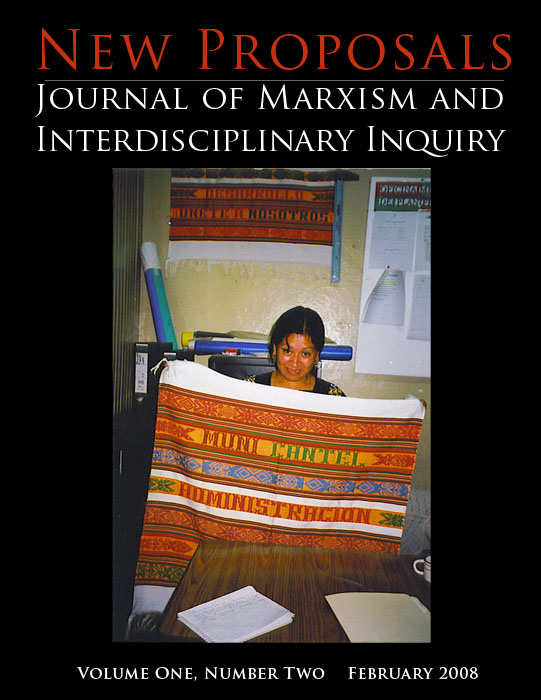Development to Unite Us: Autonomy and Multicultural Coexistence in Chiapas and Guatemala
Keywords:
Development, Mayan, Free TradeAbstract
Development was the buzz word in United States policy when I began my first field work as a student in Cantel, Guatemala, in 1953. The people of that much beleaguered country were still enjoying the “springtime of democracy” brought by the 1944 revolution that introduced land reform and education to the western highlands indigenous towns. I witnessed the U.S. instigated coup of 1954 that toppled the government of Arbenz and installed the puppet government of Colonel Castillo Armas. Thousands of union leaders and political activists were imprisoned or exiled, cattle owners released their herds into the lands taken over by peasants, a new order was installed in power claiming to bring prosperity and trade in the coming years. I went on to work in Chiapas in 1957 where the Mexican government was just beginning to introduce National Indigenist Institute programs for the integration of highland Mayas into the nation. These experiences shaped my understanding of what development from above meant in two countries that bridged the territory of the Mayan civilization. In this article I sum up the results of these two dominant patterns of development, one culminating in genocide and the other in ethnocide of the indigenous populations. The opening up of trade and enterprise with both countries has spawned new development programs such as the Plan Pueblo Panama embracing central American countries and southern Mexico in megaprojects to facilitate free trade agreements with the U.S. and Canada. These neoliberal policies aggravate the outpouring of resources that now include human labour power. I contrast this development with local initiatives now proposed by Mayas on both sides of the border.Downloads
Published
2008-03-02
Issue
Section
Articles

